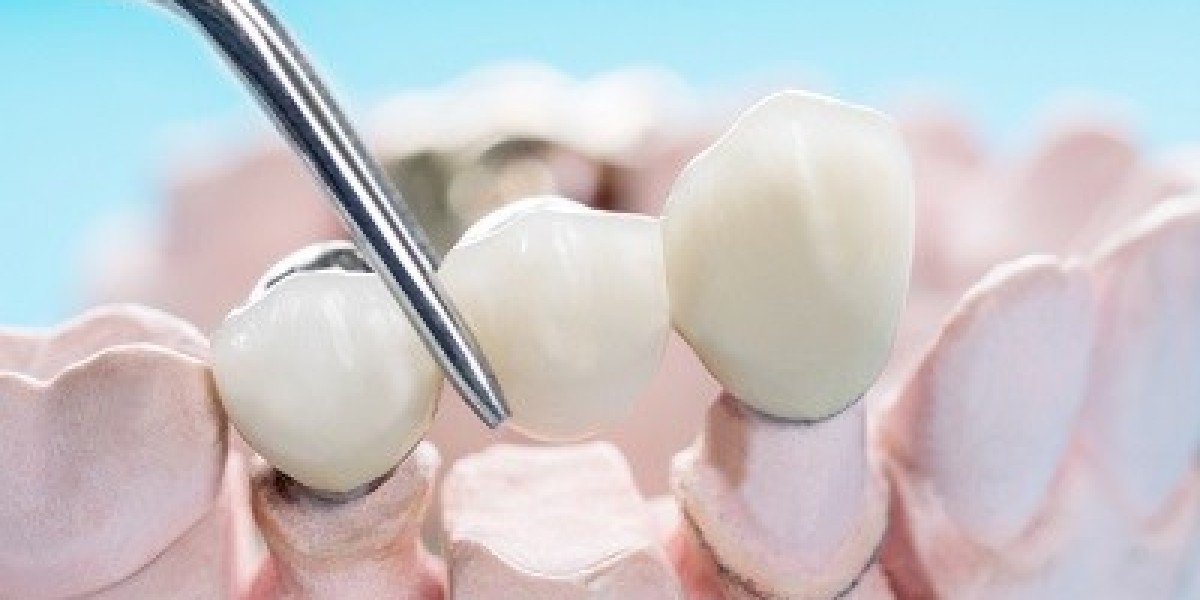
This is the gland that is affected by Mumps. Lumps (tumors) in the parotid gland are common and are seen in all age groups. They are the result of an abnormal growth of cells within the gland, though the exact reasons for this are not clear. The vast majority (approximately 80%) of these tumors are not cancerous and are called benign tumors. Rarely, however, some tumors can be cancerous.
Other common causes of lumps in the gland include stones in the duct of the gland, which often block the flow of saliva. This blockage often gives rise to infections, which can sometimes be troublesome. Whatever the cause, however, it is prudent to establish the EXACT NATURE of the swelling.
Investigations and treatment of parotid problems
During the initial consultation, a detailed history is taken and also an assessment of your problem. A needle may be inserted into the lump to collect a sample of cells. These cells are then analysed under the microscope by the pathologist who will often determine the nature of the swelling. Rarely, other tests such as a plain X-ray, CT scan, MRI scan or a sialogram may be required. These will be discussed with you where necessary.
Treatment depends on the nature of the lump and the results of the tests. Removal of the swelling is usually recommended because the exact nature of the swelling is often ascertained after removal and analysis of the whole lump. Additionally, if the lumps are not removed, the majority of them will grow further and often become cosmetically unacceptable and even turn cancerous. Large, cancerous lumps are difficult to remove and complicate surgery.
Surgery (Parotidectomy) explained
The facial nerve that moves the muscles which help the eyes to close and the mouth to smile and eat runs through the parotid gland. We always diligently identify and preserve the nerve. We also use a specialised nerve monitoring technique which adds further safety to the procedure. In most cases, the nerve works normally after surgery. Occasionally, however, (about 15-20% of cases) where the lump has been very close to the nerve, a temporary weakness of the face may occur. This usually lasts for a few weeks and then recovers back to normal. Permanent damage, resulting in permanent weakness of the face, is rare in surgery of the benign (non cancerous) tumours.
Weakness (Paralysis) of the face
Most cancers of the mouth or tongue cause a sore or swelling that doesn’t go away. These sores and swellings may be painless unless they become infected. Bleeding may occur, but often not until late in the disease. If an ulcer or swelling is accompanied by lumps in the neck, be very concerned.
Bleeding and leakage of saliva
Rarely, blood can collect beneath the skin resulting in swelling in the operated area. It is also normal for small quantities saliva to leak from the cut surface of the gland and cause it to swell. Most often this blood and saliva is mopped up by our body and therefore the swelling is self limiting. Occasionally, however, it may be necessary to return to the operating theatre to rectify the problem.
Numbness/Altered sensation of the face and the ear
The nerves that are responsible for appreciating sensation on the face, side of the neck and the ear lie just under the skin and are damaged to a variable degree. This transpires as numbness of the ear, particularly felt in the earlobe and to a variable degree on the side of the face and neck. One is more likely to be aware of it when wearing earrings and whilst shaving in men. Generally speaking, with time the numbness and altered sensation improves.
Cosmetic deformity
You may notice some hollowing under the skin at the back of the jawbone from where the gland and swelling has been removed. This is usually mild and is not a concern to the majority of patients. There are various ways of treating this should it become troublesome.
Skin changes – sweating and flushing (Frey’s syndrome)
You may notice that the cheek skin on the operated side becomes flushed and sweaty, particularly associated with eating or thought of food. Should this occur and become troublesome, it can generally be treated by the application of simple roll-on antiperspirant and very occasionally further surgery may be required.
Pain and stiffness
You may notice pain and stiffness in the area of the neck and shoulder. This recovers quickly. Gentle daily massage with your regular skin cream starting two to three weeks after surgery helps to supple the scar and eases the discomfort.








